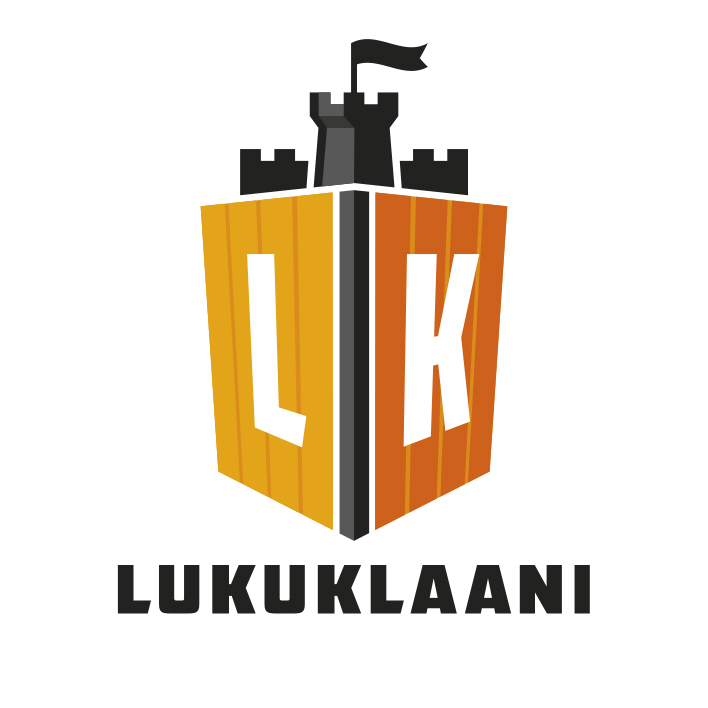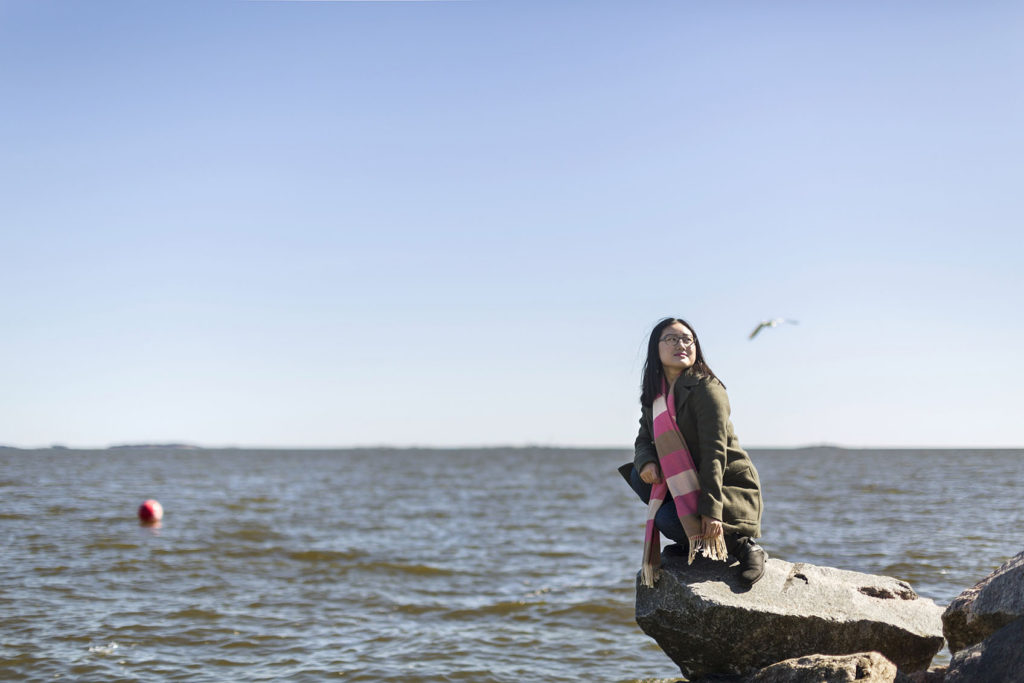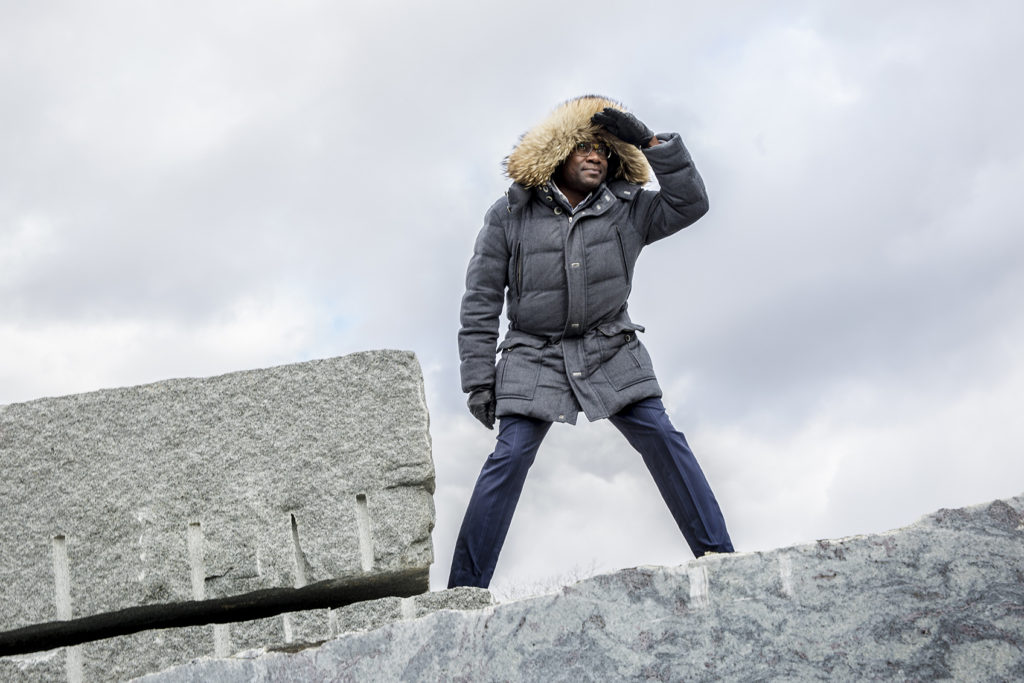
The Finnish Cultural Foundation and Kopiosto are together donating two million euros for establishing and developing school libraries, procuring books and supporting reading among children in all the schools of continental Finland. The Lukuklaani (‘Reading Clan’) project came about as a response to concerns over the reading skills and subsequent social exclusion of Finnish children. Public discussion on the subject has been characterised by demands for national action on a scale similar to the North Karelia Project.
According to the results of the PISA surveys, children’s reading skills declined more sharply in Finland than in any other OECD country between 2000 and 2012. At the same time, a gap in reading skills has formed between girls and boys, which is larger than in other countries. Furthermore, boys, girls and multilingual students with poor reading skills are at risk of social exclusion. The differences between the genders start to form as early as primary school, and by ninth grade girls are one and a half years ahead of boys when it comes to reading. In the 2015 PISA survey, the decline in reading skills was reversed, showing a slight increase. However, one out of every ten Finnish youths is still unable to reach a level of reading skills that would allow them to continue their studies and fully operate in Finnish society.
“According to PISA surveys, reading skills have declined the most among the children of the most disadvantaged families. Since the ability to read is a basic requirement for education and employment, this means that there is a risk of disadvantage and social exclusion being passed down. This may in turn further deepen the social division of Finns,” says Professor Riitta Pyykkö, Chairman of the Board of Trustees of the Finnish Cultural Foundation.
“Good reading skills are the key to lifelong learning and full-fledged citizenship. It is high time we wake up to the fact that a growing number of young people are not reaching the minimum level for reading skills,” says Professor Jouni Välijärvi from the Finnish Institute for Educational Research at the University of Jyväskylä, who is also the national coordinator of PISA in Finland.
Together with Kopiosto, the Finnish Cultural Foundation has begun to create a comprehensive national cooperation network for promoting children’s reading skills.
“So far the Finnish Cultural Foundation has made a decision to provide EUR 1.4 million in funding to the two-year Lukuklaani project, but we are currently looking into other, more far-reaching measures as well. Promoting the reading skills of children, closing the gap between girls and boys and helping disadvantaged families can only be achieved through widespread and determined national cooperation,” says Riitta Pyykkö.
The target group of the Finnish Cultural Foundation and Kopiosto’s Lukuklaani project consists of all the primary and comprehensive schools in Finland. Although the project is targeted at all primary school-aged children, it will focus particularly on 3rd and 4th graders and boys. The project will be implemented in 2017 and 2018, with a total budget of EUR 2 million.
The Lukuklaani project is divided into two phases: in the first phase, starting in the 2017 autumn term, schools can participate in a competition for establishing or developing their school library, with prizes to be awarded for the best ideas. The prize money will be primarily used for book acquisitions, but schools are also urged to develop their libraries into functional spaces, which could be used to organise book talks or themed weeks, for example.
“It’s the teachers and pupils themselves who know best how to promote reading at school. This is why we are hoping for schools to provide us with some different and inspiring ideas. There are no restrictions regarding media – the material to be acquired can consist of anything from rap music to novels. However, it would be beneficial for schools and school libraries to pursue cooperation with school afternoon activities, parents’ associations, public libraries or library buses, for example. An even better alternative would be for cooperation to be built in unexpected ways, such as with a school judo club, for example,” says Deputy Managing Director Jukka-Pekka Timonen from Kopiosto.
In the second phase, starting in spring 2018, schools can order a book club package to support their teaching. The book club package contains approximately 50 books for all schools, as well as pedagogic material for teachers, the aim of which is to make it as easy as possible for teachers to implement the book club method. These book clubs, which the project calls book clans, allow pupils and schools to share their reading experiences and compete with each other on the number of texts read. For schools, this is all free of charge.
“Logical thinking is best developed through reading fiction. Fiction typically leaves gaps that the readers must fill in themselves. Reading allows people to live many lives and learn from the choices of the characters in the books,” says author Jari Järvelä, who is a member of the foundation’s Board of Trustees and the initiator of the project.
The Finnish Cultural Foundation and Kopiosto’s cooperation partners in the project include the Finnish National Agency for Education, Suomen Luokanopettajat ry, Suomen Rehtorit ry, the Finnish Parents’ League, the Finnish Reading Centre, Äidinkielen Opettajain Liitto ry, the Finnish Institute for Children’s Literature and the Association of Finnish Local and Regional Authorities. In addition, the Finnish School Library Association is involved in evaluating the school library development plans, assembling book packages that would interest children and preparing the pedagogic material for teachers.
“The new core curriculum for basic education emphasises multiliteracy and experiential reading, and highlights the development of school library operations. This is why the Lukuklaani project is well-suited to everyday school work and for combining teaching in different subjects. Reading develops critical and cultural reading skills, which are becoming increasingly important in modern society,” says Olli-Pekka Heinonen, the director of the Finnish National Agency for Education.
“In terms of practical school work, it is important for teachers to be able to easily and quickly provide pupils with reading material, which is why providing schools with books and tools that facilitate the work of teachers is so important,” says Marko Jokinen, the chairman of Suomen Luokanopettajat ry.
“The reading habits and example set by families have a major impact on children’s reading. This is why we are also encouraging parents’ associations to develop ways to participate in the Finnish Cultural Foundation and Kopiosto’s project,” says Ulla Siimes, the executive director of the Finnish Parents’ League.
Alongside the Lukuklaani project, the Finnish Cultural Foundation and Kopiosto are also preparing a research project on children’s reading in collaboration with the University of Helsinki and the Finnish National Agency for Education.
“Children’s reading skills are a matter of great national importance. This is why we are also encouraging other parties to work towards promoting children’s reading skills. This is the only way that we can bring about a North Karelia project for children’s reading,” says Jari Järvelä.
The Lukuklaani project is being administered and implemented by Kopiosto ry.
Additional information:
Finnish Cultural Foundation, Director of Cultural Affairs Juhana Lassila, tel. +358 (0)40 517 8500
Finnish Cultural Foundation, Chairman of the Board of Trustees Riitta Pyykkö, tel. +358 (0)50 430 4845
Finnish Cultural Foundation, Member of the Board of Trustees and Chairman of the steering group Jari Järvelä, tel. +358 (0)40 837 7621
Kopiosto ry, Deputy Managing Director Jukka-Pekka Timonen, tel. +358 (0)40 722 8082
www.lukuklaani.fi





